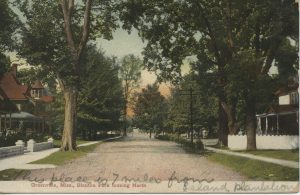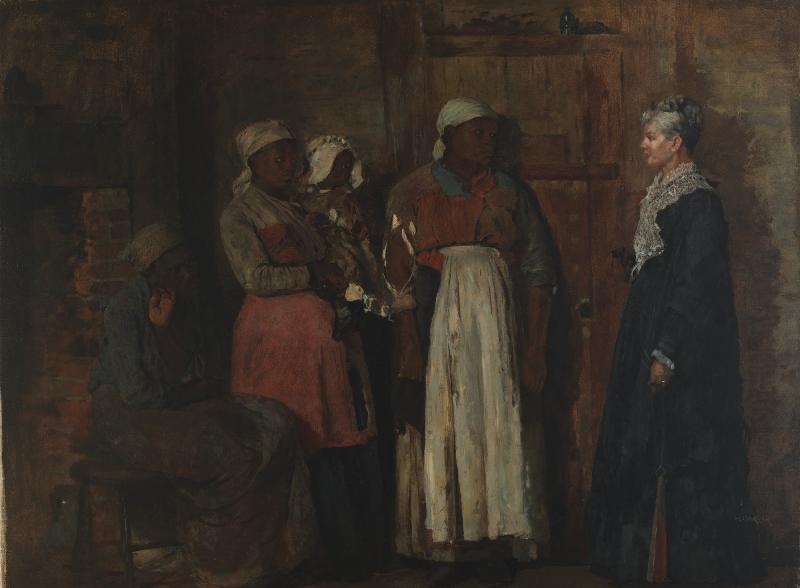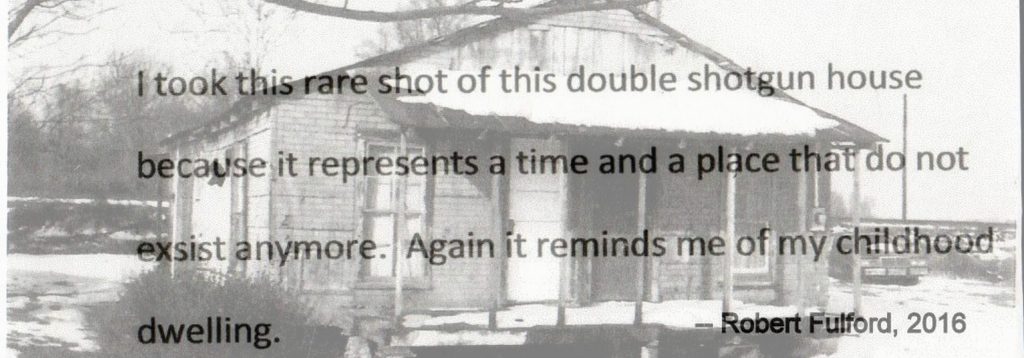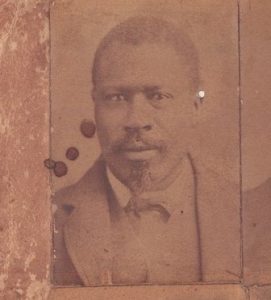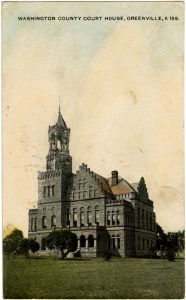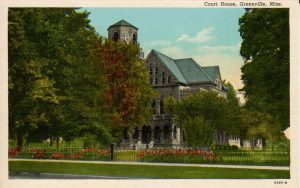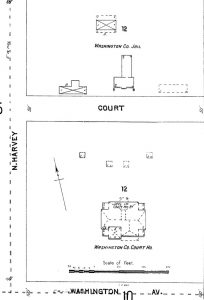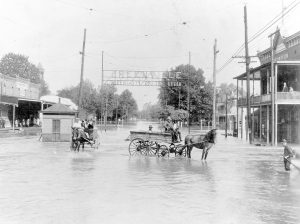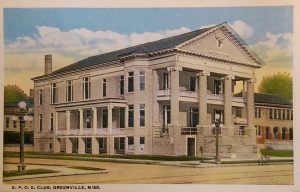Lakeport Legacies · August 23 · Fixed and Fleeting: Some Arkansas State Symbols and Why they Matter · Dr. David Ware (Capitol Historian at Arkansas Secretary of State)
Fixed and Fleeting: Some Arkansas State Symbols and Why they Matter
Dr. David Ware (Capitol Historian at Arkansas Secretary of State)
Thursday, August 23
Refreshments & Conversation @ 5:30 pm
Program @ 6:00 pm

Dr. David War, Arkansas Capitol Historian, is the author of It’s Official!: The Real Stories behind Arkansas’s State Symbols, now in its 2nd edition.
Arkansas’s Capitol Historian, Dr. David Ware, will discuss the utility of symbols, the significance of Arkansas’s earliest adopted symbols and will conclude with some observations on the potential for using the state symbols in interpreting the state’s history, geography and even its economic profile. And tell a couple of sea stories along the way.
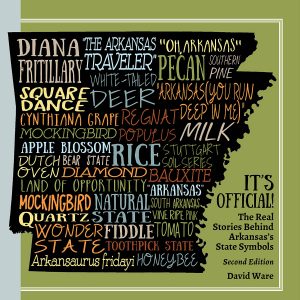
Copies of It’s Official!: The Real Stories behind Arkansas’s State Symbols will be available for purchase for $24 each.
Please Register for this FREE event.
(by phone, email or online)
870.265.6031 ·
601 Hwy 142 · Lake Village, AR 71653

